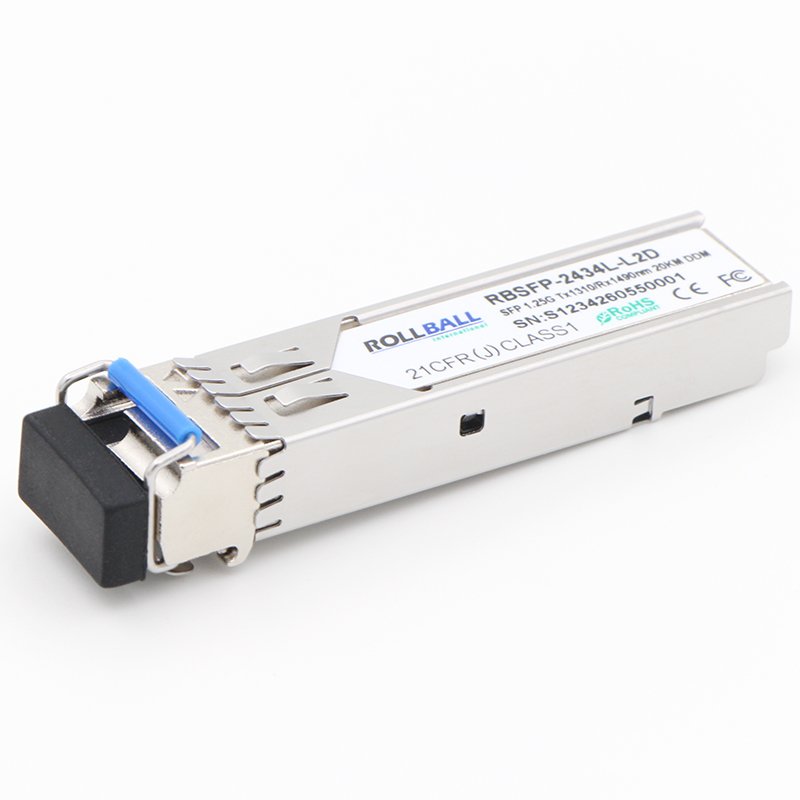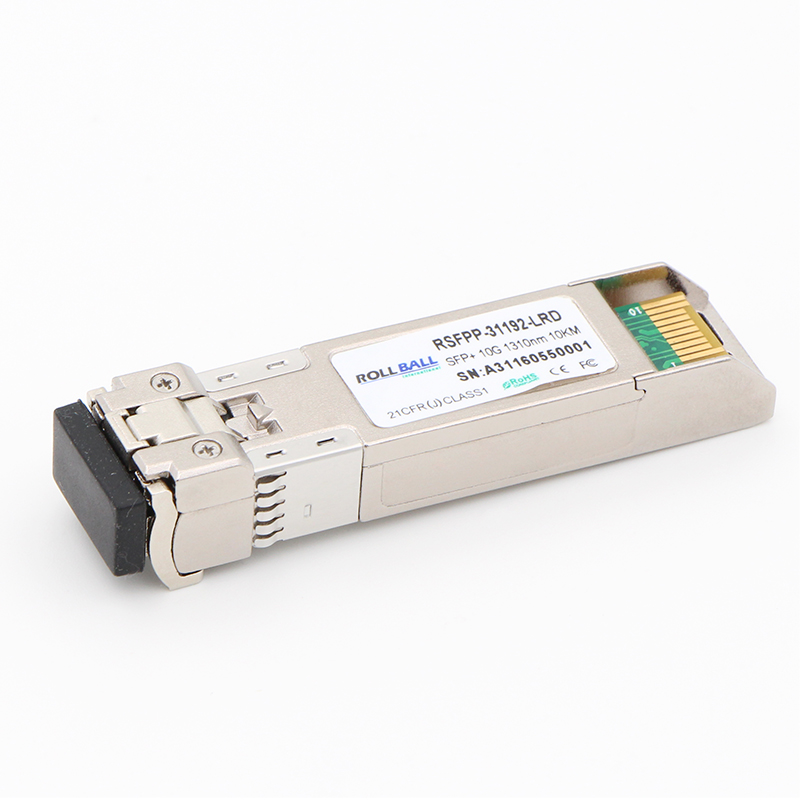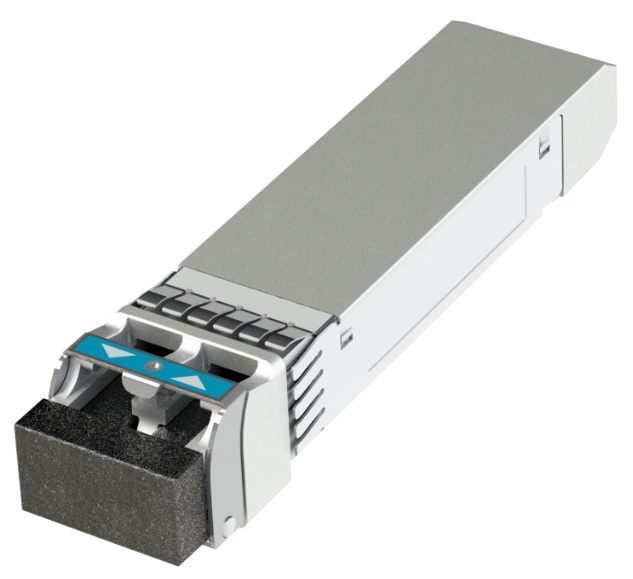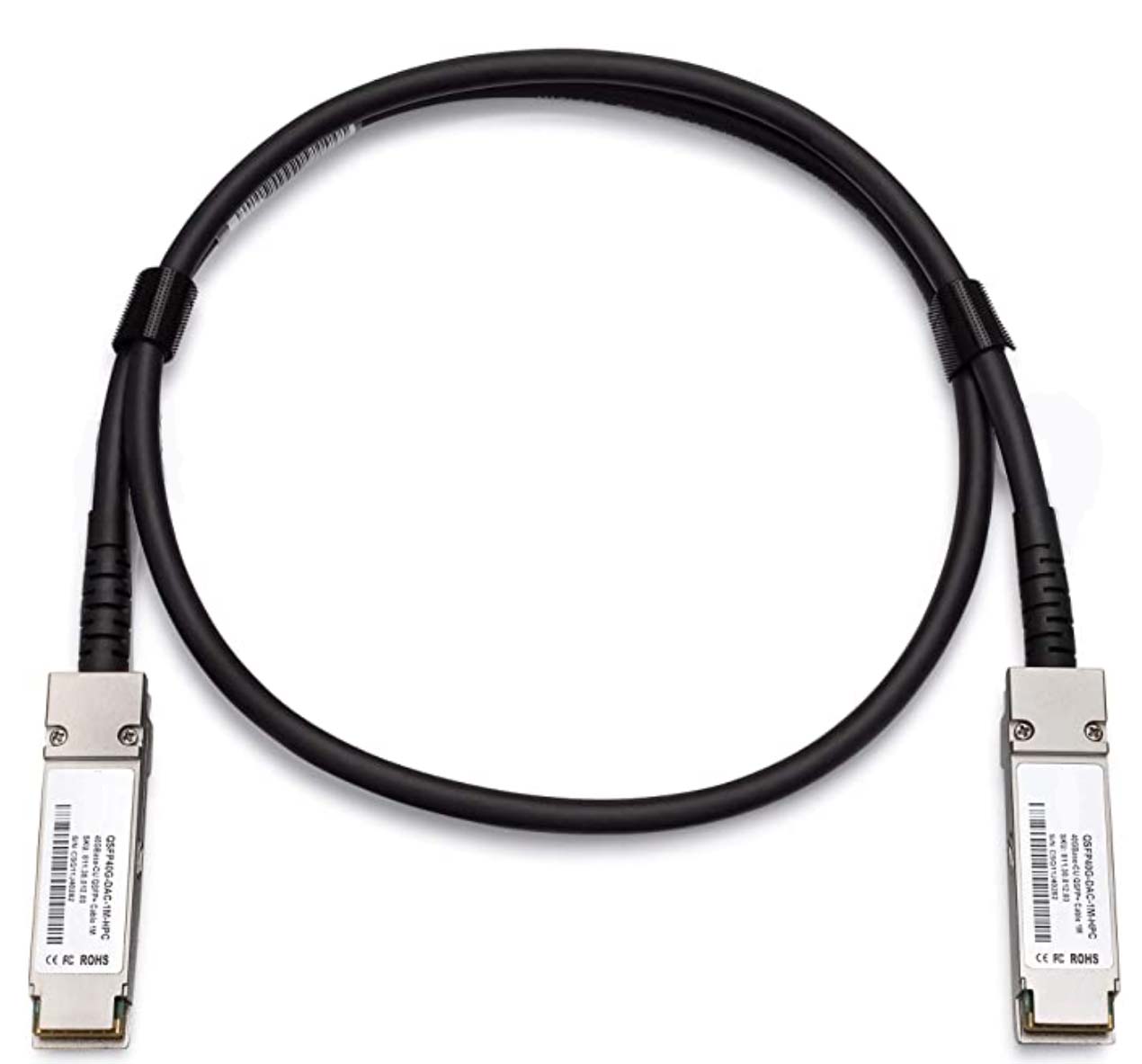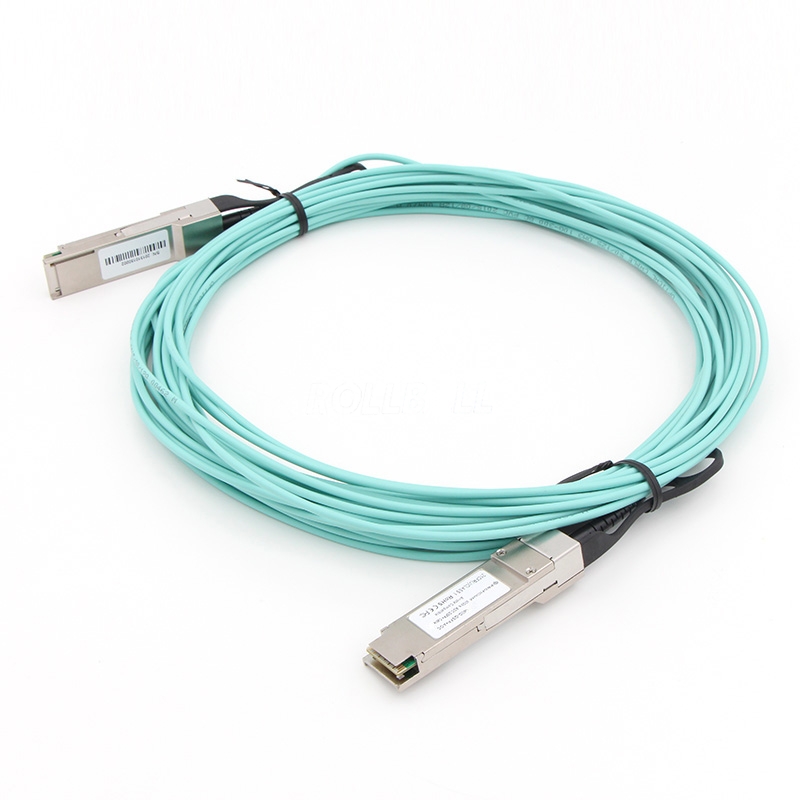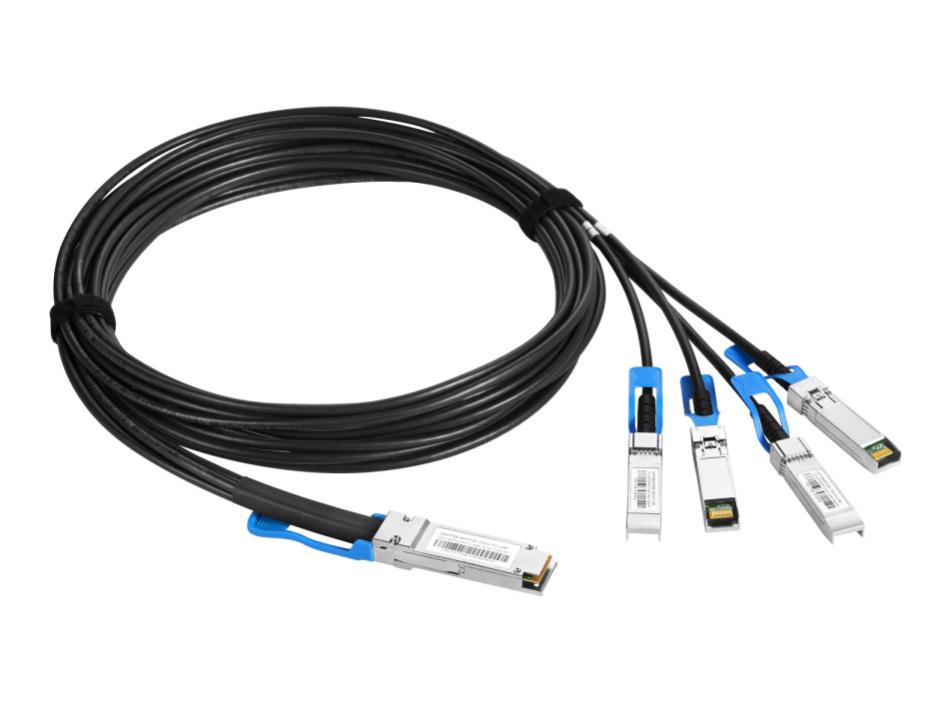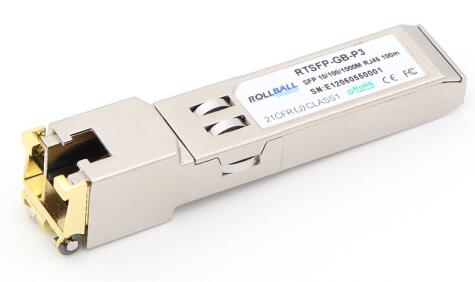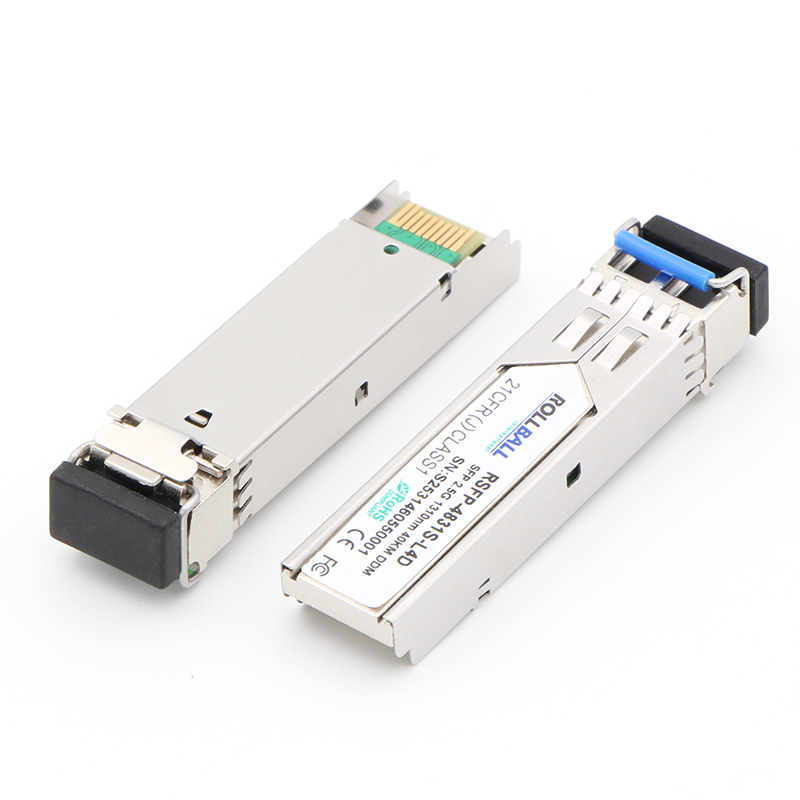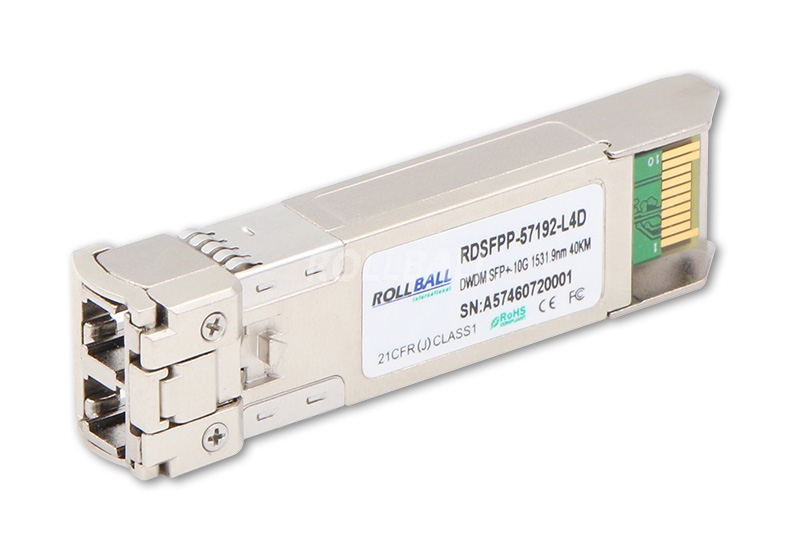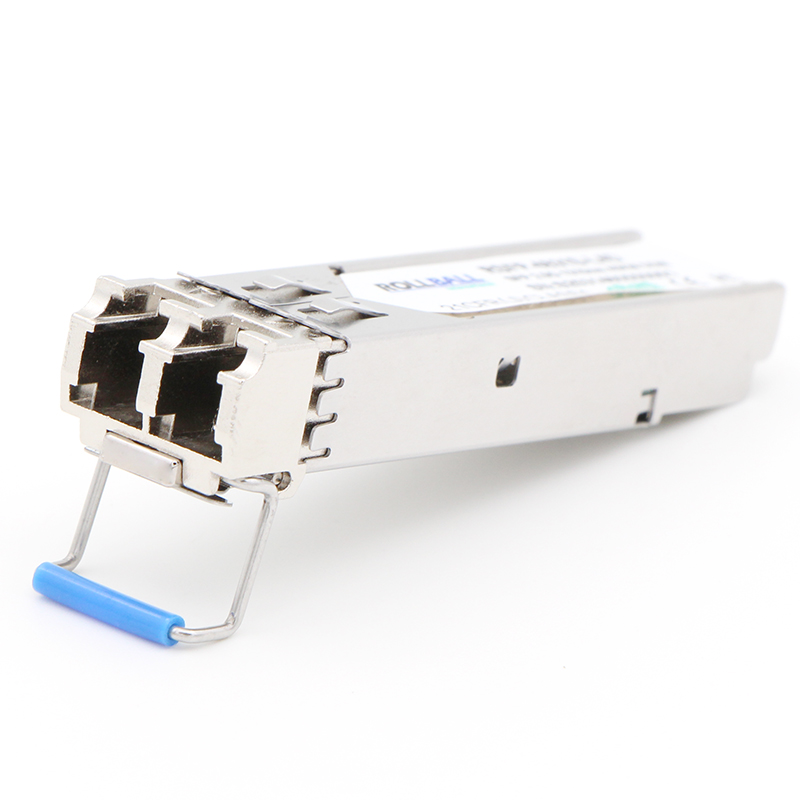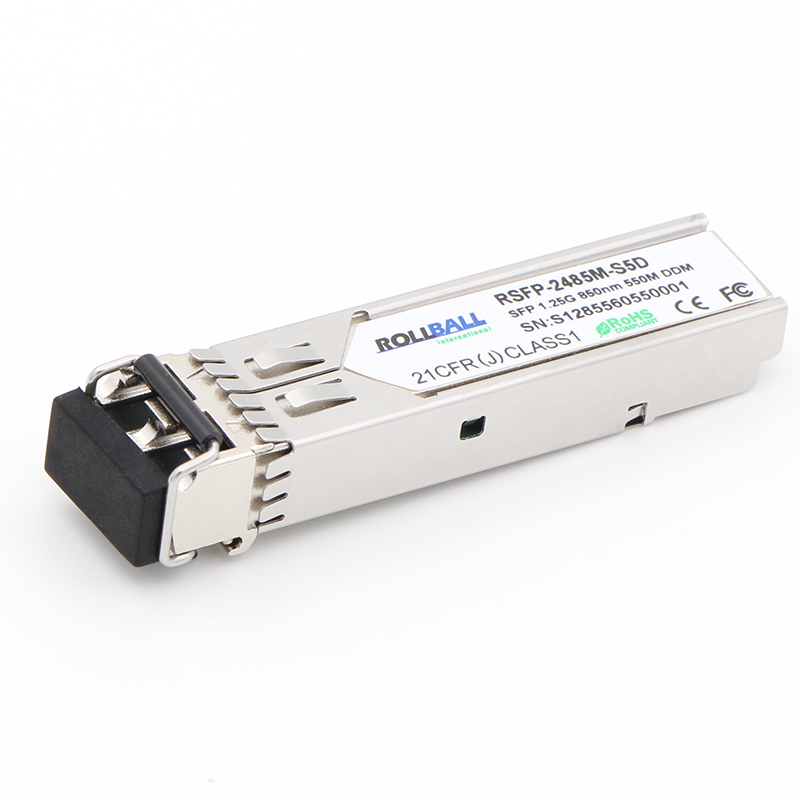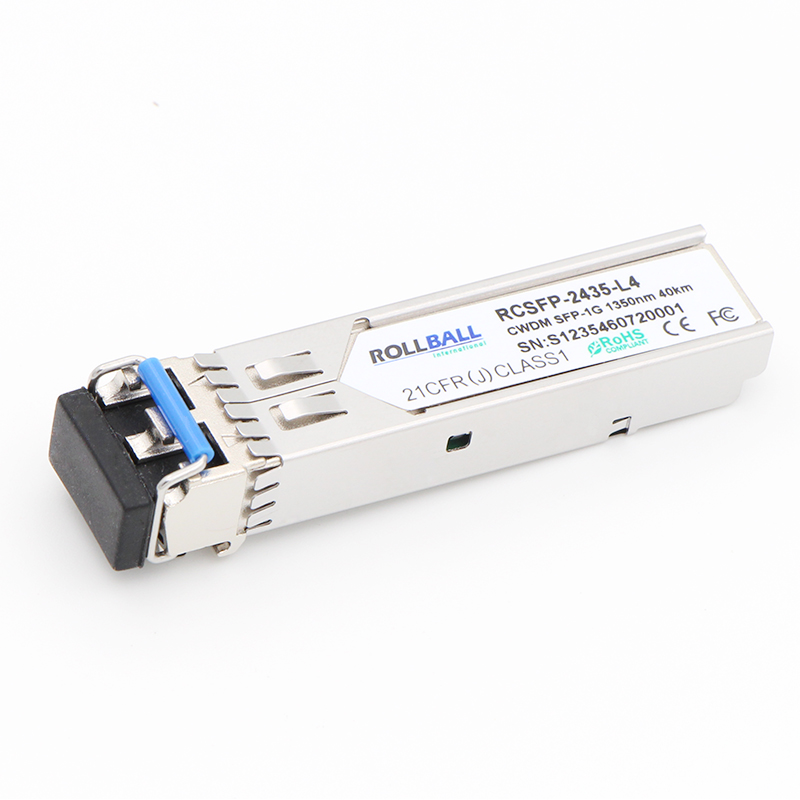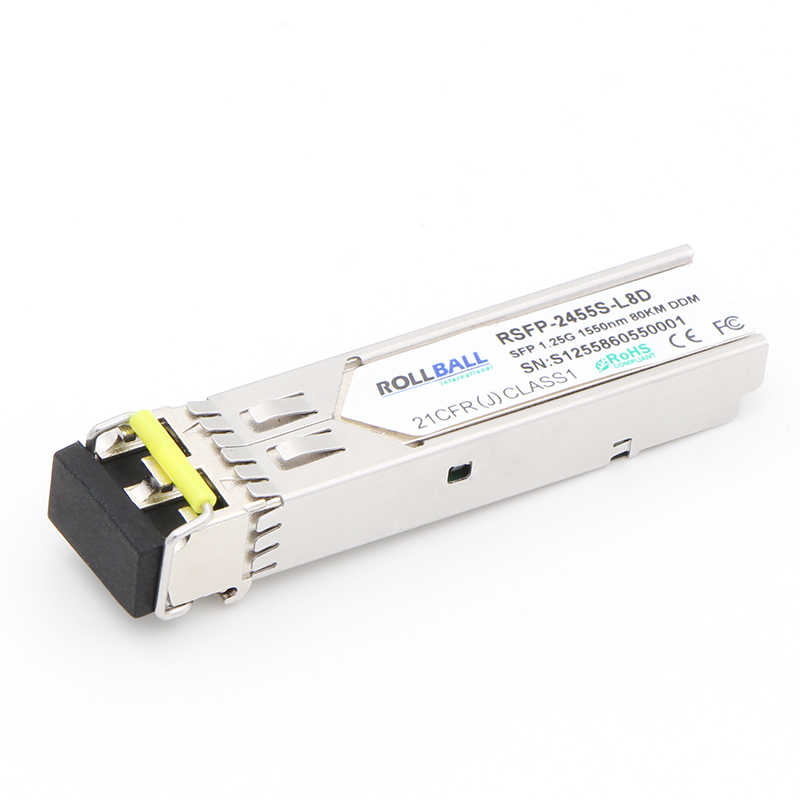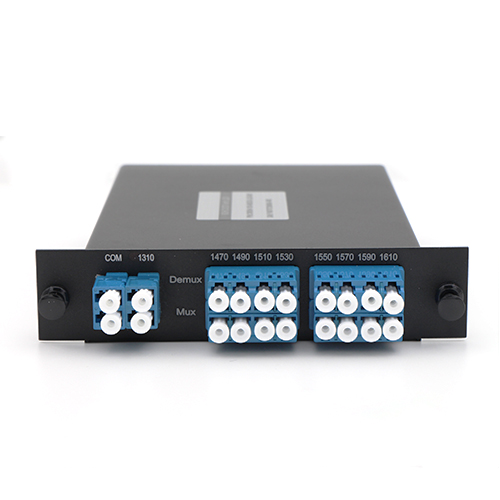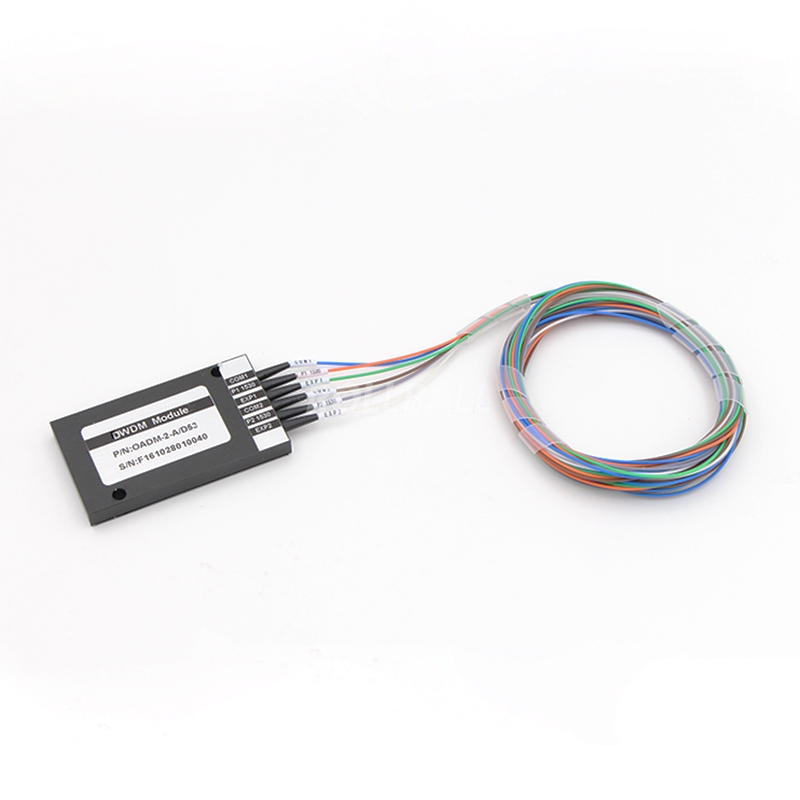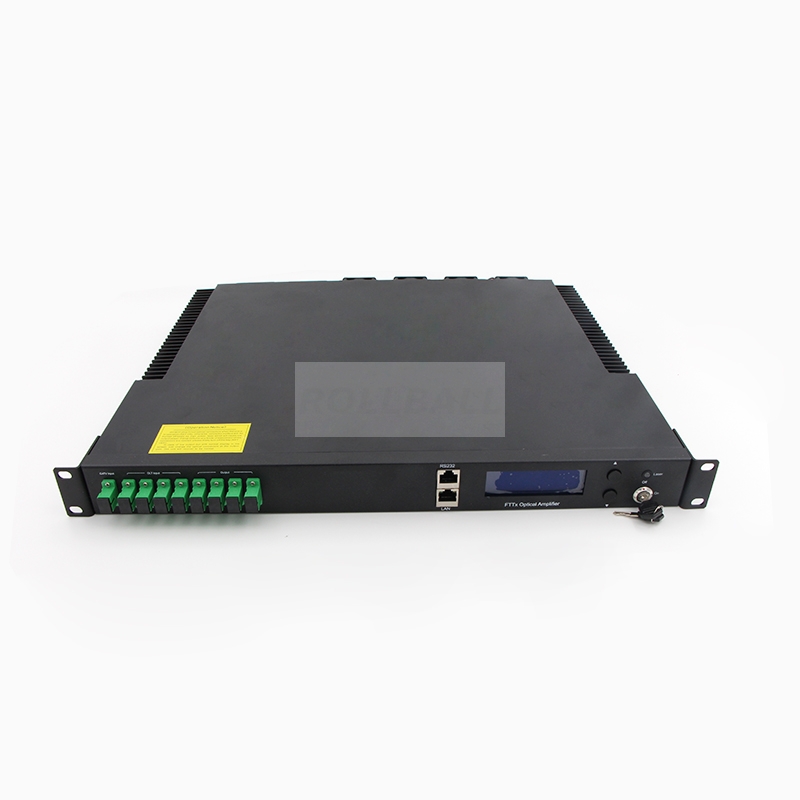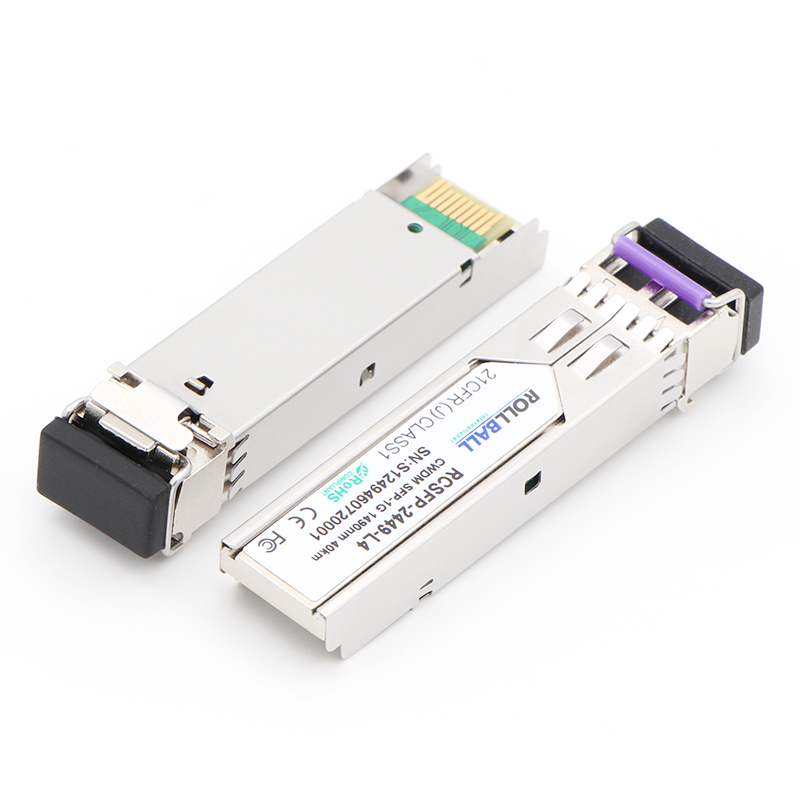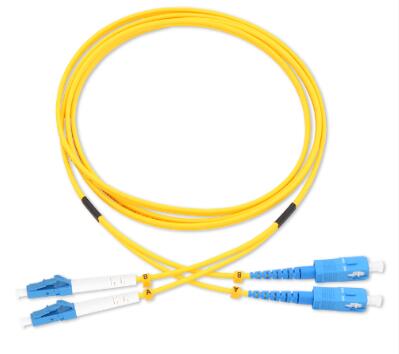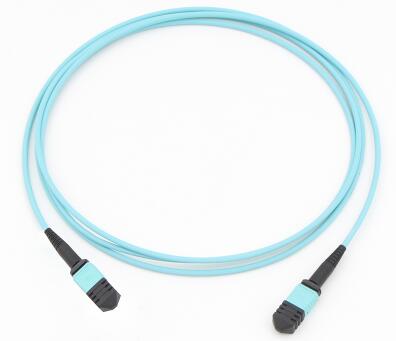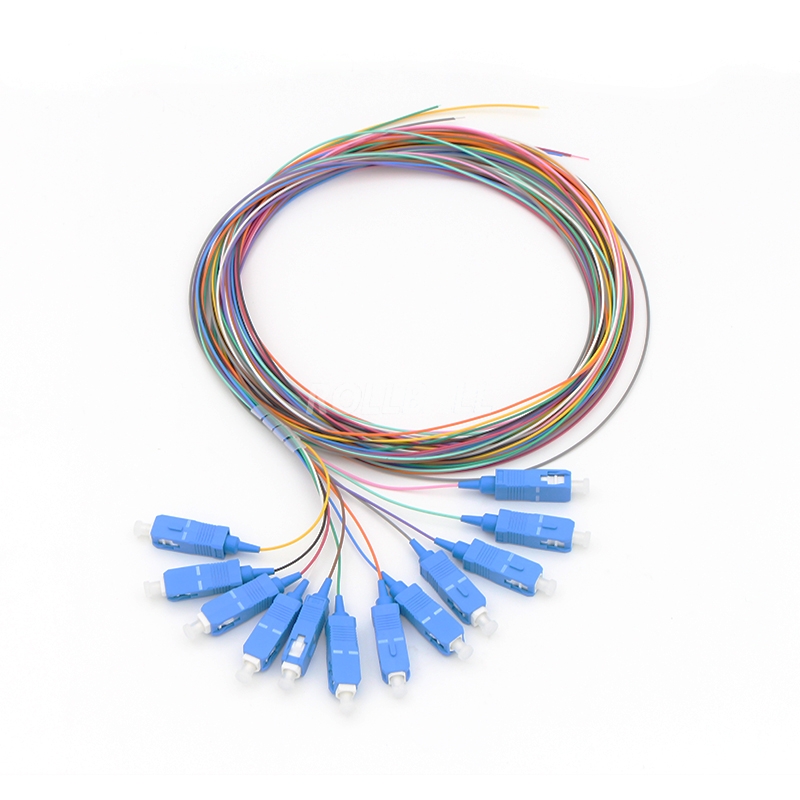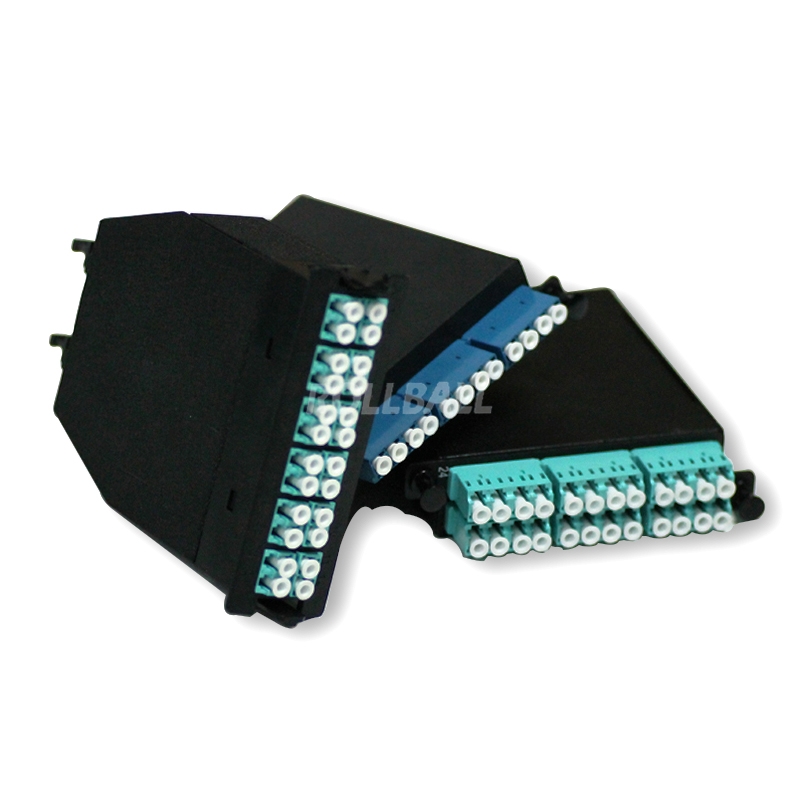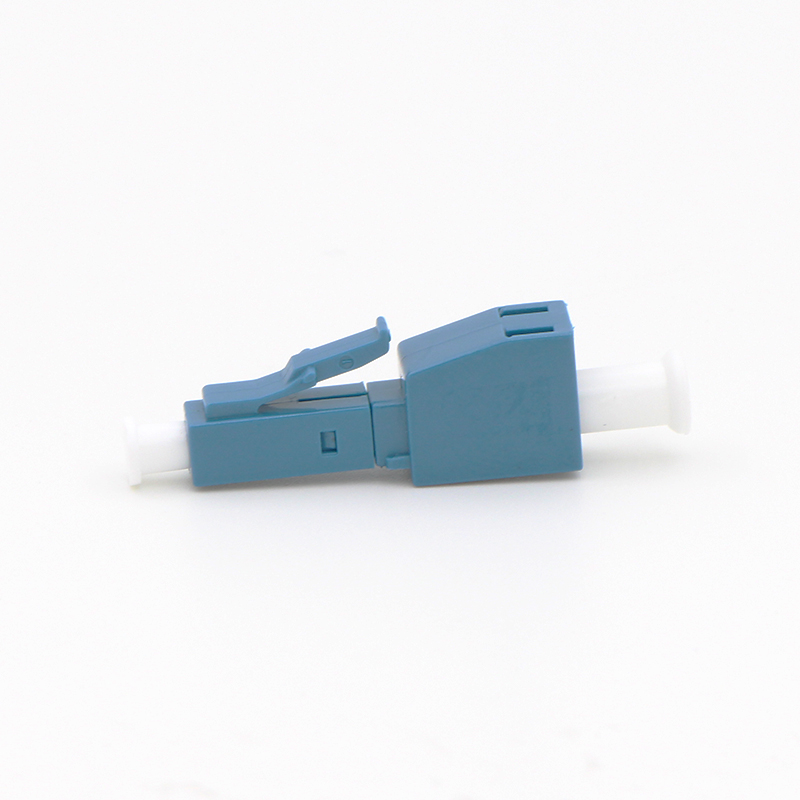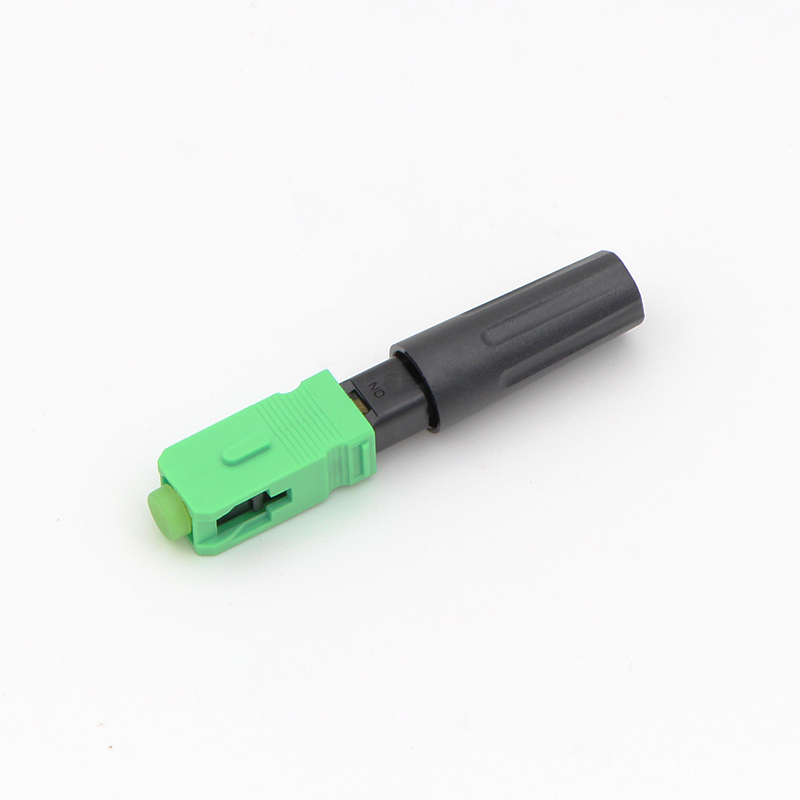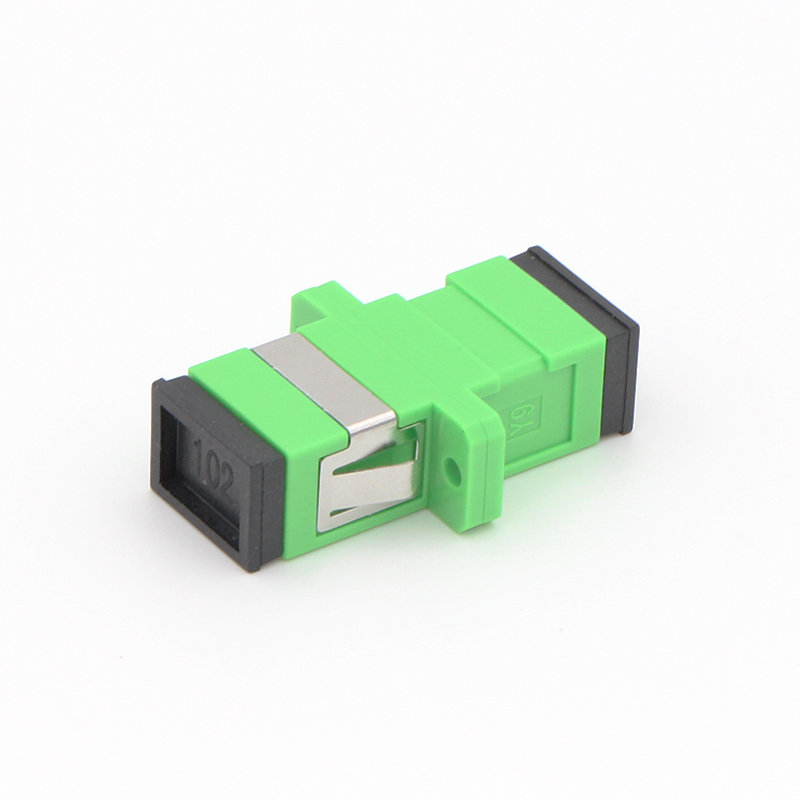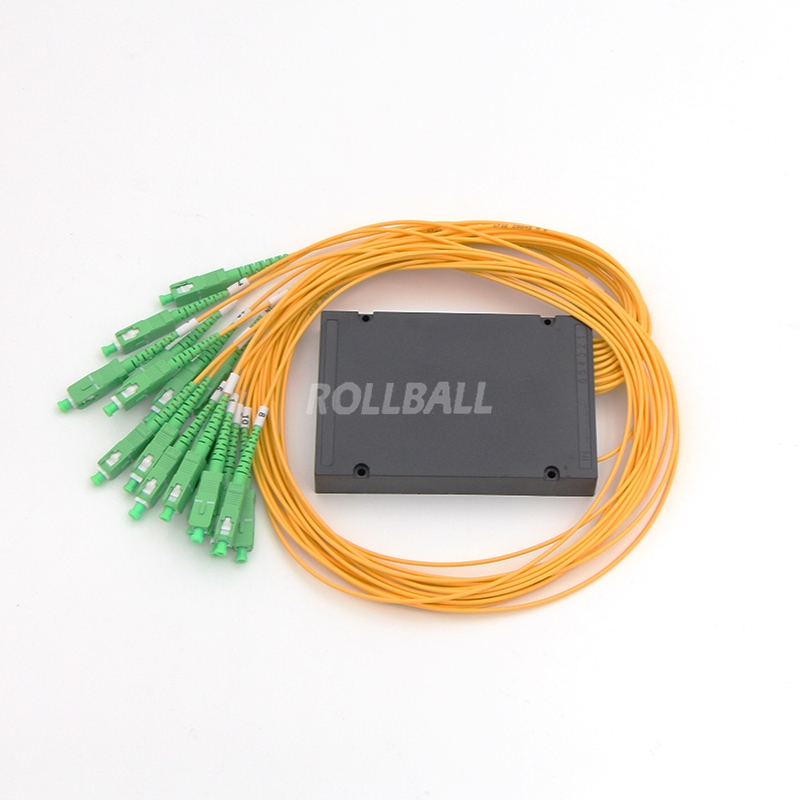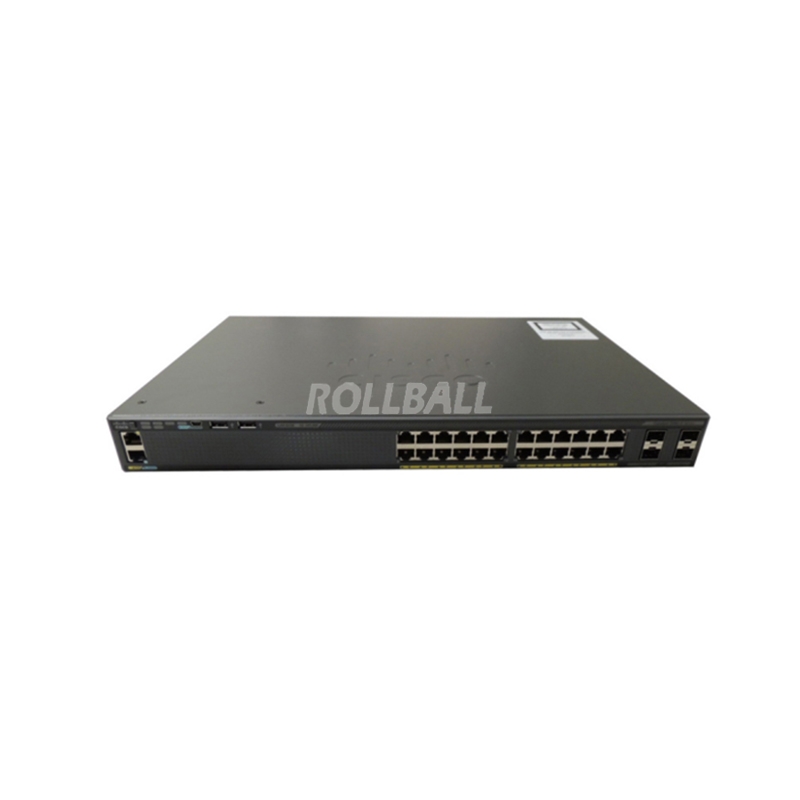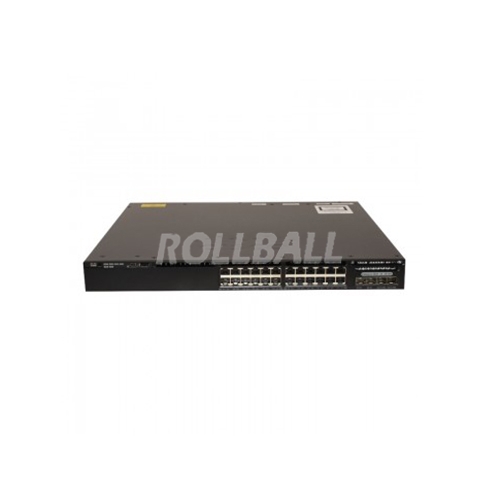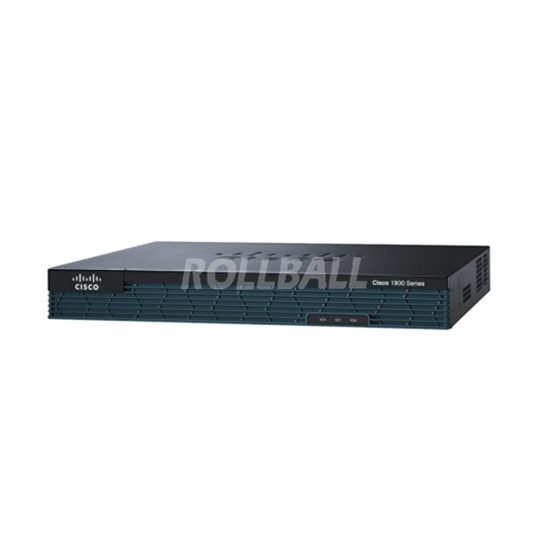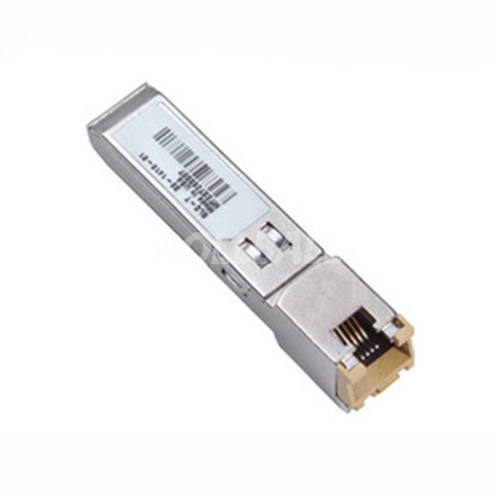WDM System expend the capacity of the network—Comparison the CWDM and DWDM

WDM systems are popular with telecommunications companies because they allow them to expand the capacity of the network without laying more fiber. By using WDM and optical amplifiers, they can accommodate several generations of technology development in their optical infrastructure without having to overhaul the backbone network. Capacity of a given link can be expanded simply by upgrading the multiplexers and demultiplexers at each end.
This is often done by use of optical-to-electrical-to-optical (O/E/O) translation at the very edge of the transport network, thus permitting interoperation with existing equipment with optical interfaces.
Most WDM systems operate on single-mode fiber optical cables, which have a core diameter of 9 µm. Certain forms of WDM can also be used in multi-mode fiber cables (also known as premises cables) which have core diameters of 50 or 62.5 µm.
WDM systems are divided into three different wavelength patterns, normal (WDM), coarse (CWDM) and dense (DWDM). Normal WDM (sometimes called BWDM) uses the two normal wavelengths 1310 and 1550 on one fiber. Coarse WDM provides up to 16 channels across multiple transmission windows of silica fibers. Dense wavelength division multiplexing (DWDM) uses the C-Band (1530 nm-1565 nm) transmission window but with denser channel spacing. Channel plans vary, but a typical DWDM system would use 40 channels at 100 GHz spacing or 80 channels with 50 GHz spacing. Some technologies are capable of 12.5 GHz spacing (sometimes called ultra dense WDM). New amplification options (Raman amplification) enable the extension of the usable wavelengths to the L-band (1565 nm-1625 nm), more or less doubling these numbers.

Coarse wavelength division multiplexing (CWDM) in contrast to DWDM uses increased channel spacing to allow less sophisticated and thus cheaper transceiver designs. To provide 16 channels on a single fiber CWDM uses the entire frequency band spanning the second and third transmission window (1310/1550 nm respectively) including both windows (minimum dispersion window and minimum attenuation window) but also the critical area where OH scattering may occur, recommending the use of OH-free silica fibers in case the wavelengths between second and third transmission windows are to be used. Avoiding this region, the channels 47, 49, 51, 53, 55, 57, 59, 61 remain and these are the most commonly used. With OS2 fibers the water peak problem is overcome, and all possible 18 channels can be used.
WDM, DWDM and CWDM are based on the same concept of using multiple wavelengths of light on a single fiber, but differ in the spacing of the wavelengths, number of channels, and the ability to amplify the multiplexed signals in the optical space. EDFA provide an efficient wideband amplification for the C-band, Raman amplification adds a mechanism for amplification in the L-band. For CWDM, wideband optical amplification is not available, limiting the optical spans to several tens of kilometres.
Rollball International provides WDM fiber solutions such as CWDM DWDM MUX DEMUX, CWDM DWDM OADM module, CWDM DWDM optical transceivers, optical amplifiers, WDM transponder(OEO), etc.
Any questions, please feel free to send email to onlineshop@rollball.com.cn
 USD
USD EUR
EUR GBP
GBP CAD
CAD CNY
CNY SAR
SAR SGD
SGD NZD
NZD ARS
ARS INR
INR COP
COP AED
AED
